Black Men Smile prioritizes Black joy in bleak times
Share
Explore Our Galleries
Breaking News!
Today's news and culture by Black and other reporters in the Black and mainstream media.
Ways to Support ABHM?
By Char Adams, NBC

Ten years ago, Carlton Mackey, like much of the country’s Black population, was overwhelmed with media images of death, anger and unrest in the wake of Michael Brown’s killing. Ferguson, Missouri, and cities across the country erupted in protest, and social media users mourned Brown, who was killed by a police officer.
Mackey waded through the social media hashtags circulating at the time: #BlackLivesMatter, #MikeBrown, #HandsUpDontShoot, all delivering hundreds of results with images exuding sadness, pain and frustration.
Then, he typed in the hashtag #BlackMenSmile.
“It yielded zero results. I was angry and confused,” Mackey said. He decided to take action. He thought, “This is an opportunity to claim a space and make it a place where you can go and see and know there is another modality of existence. One of joy and reflections of our life.”
“The hashtag #BlackMenSmile was an opportunity to take up a space that had not been claimed,” he said.
Mackey made it his mission to promote images of men smiling and expressing joy amid the political turmoil. It quickly grew into a mini movement. Men across the country populated the hashtag with smiling images alongside vulnerable captions about personal growth and optimism. One man wrote that he smiles because he has “hope that my situation will change.” Another wrote, “Thinking about how far I’ve come from one form of life to another, but knowing that I’m still the same kid that made his first playstation out of cardboard.”
Over the years, the small team of two — Mackey and the company’s director of narrative media, Jeremiah Griffin — has grown the empowerment company from the ground up.
Keep reading to learn how the pair is pushing the movement forward.
Movements like these can be important to combat the racist depictions of Black folks in the media.
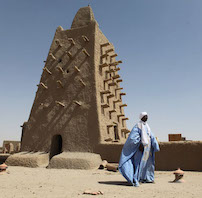

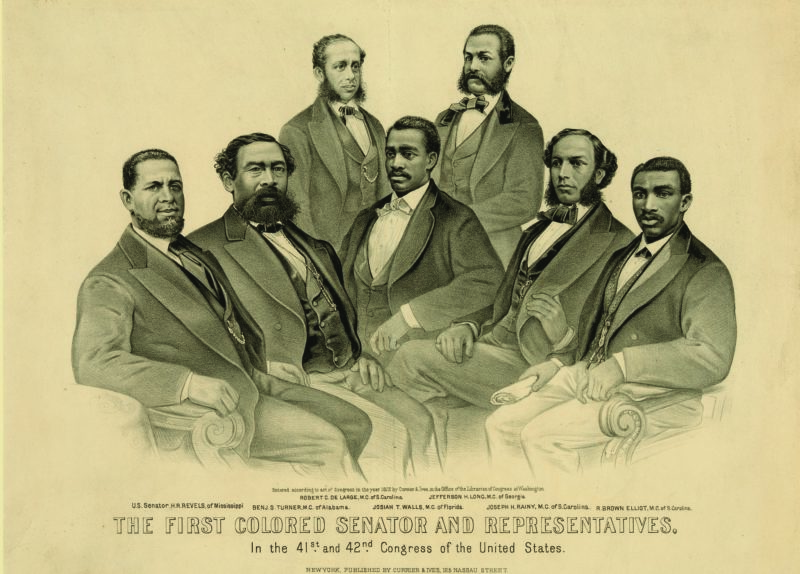
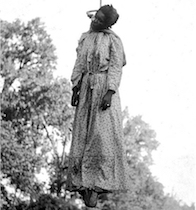
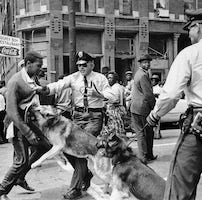
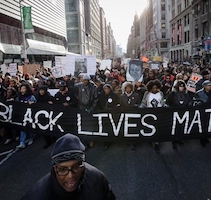
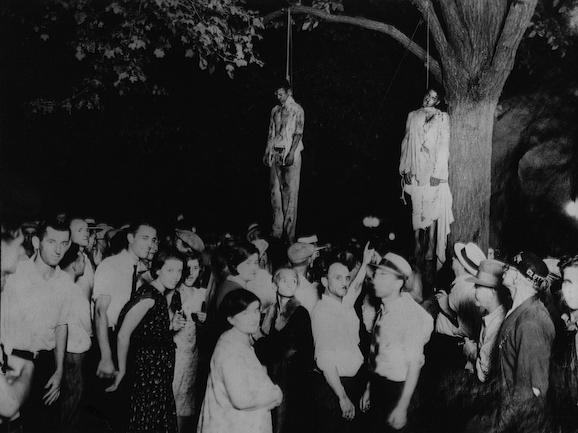
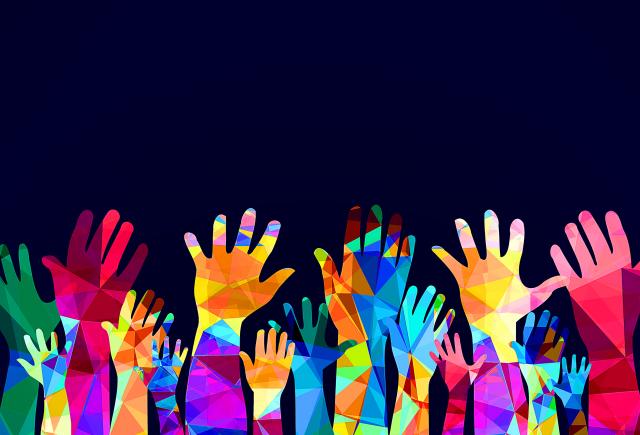
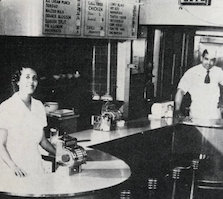
Comments Are Welcome
Note: We moderate submissions in order to create a space for meaningful dialogue, a space where museum visitors – adults and youth –– can exchange informed, thoughtful, and relevant comments that add value to our exhibits.
Racial slurs, personal attacks, obscenity, profanity, and SHOUTING do not meet the above standard. Such comments are posted in the exhibit Hateful Speech. Commercial promotions, impersonations, and incoherent comments likewise fail to meet our goals, so will not be posted. Submissions longer than 120 words will be shortened.
See our full Comments Policy here.